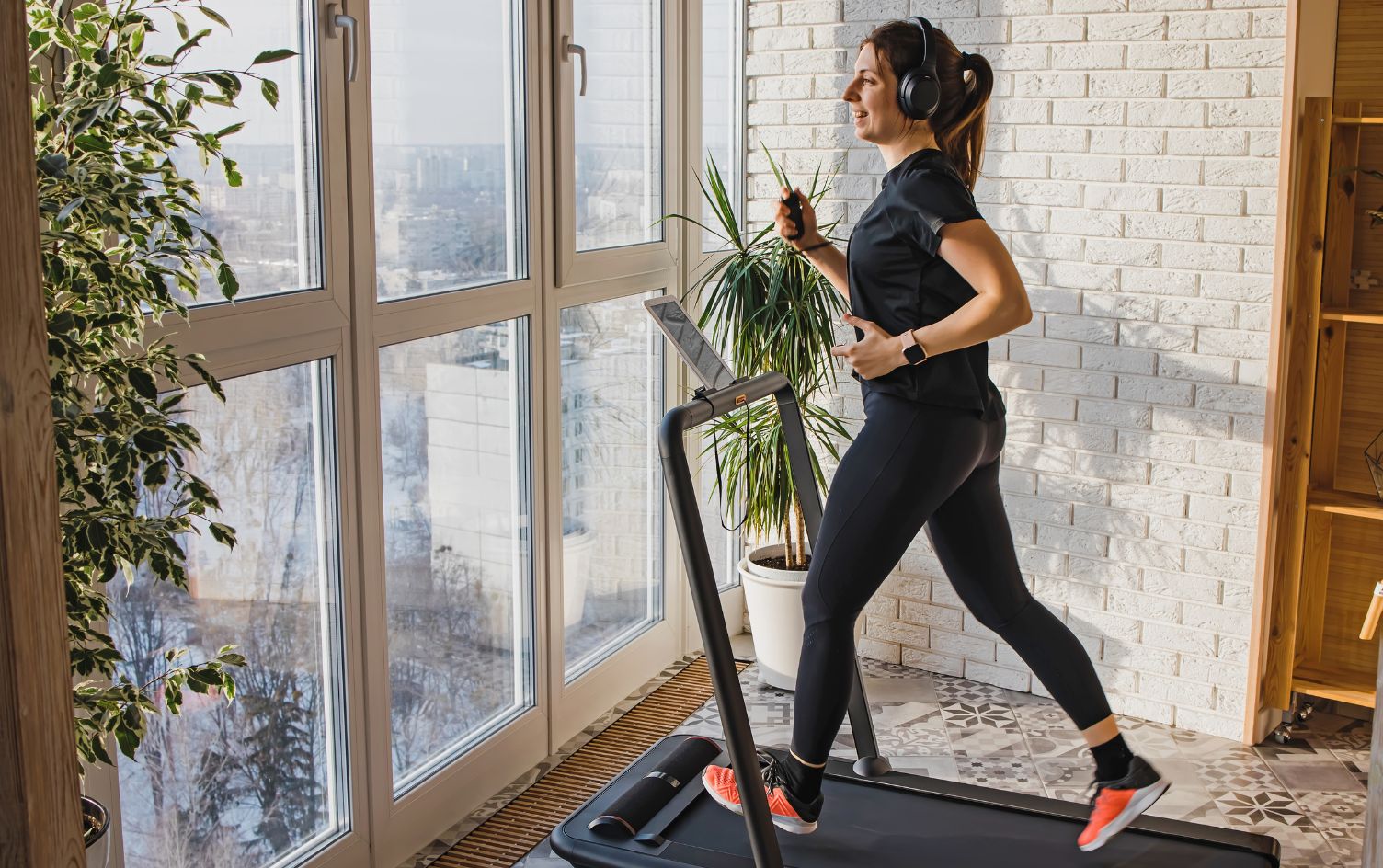Ready or not, winter is just around the corner, which means many of the miles you log in the next few months will likely happen indoors. So, do you need to worry about your shoes wearing out as you walk or run on a treadmill? Read on to find out.
“Miles Are Miles”
Whether you prefer pavement or would rather spend time on the treadmill, “miles are miles,” says pro runner Morgan Gonzalez. “Sure, dirt and treadmill running may be a bit more forgiving, but for the average runner, it would be impossible to figure out the varying impact forces and pounding that compresses the cushioning of your running shoes.”
In fact, a study published in Medicine and Science in Sports and Exercise journal says there’s essentially no difference in the biomechanics of a runner, whether he’s running on a treadmill or outdoors. Still, some experts stress that when your moving body hits the moving belt of the treadmill, it creates more force on the outsole of your shoes than you’d experience outdoors. You may also be more apt to heel strike while walking or running on a treadmill, placing more pressure on the back of your feet than your toes.
The Best Shoes for the Treadmill
While the variations between treadmill and road running may be minute in terms of biomechanics, you should still take special consideration with your shoes. A study released last December reports that runners fare better on a treadmill wearing minimalist running shoes—that is those with little “drop” between the heel and forefront of the shoe. The rationale? Running on a treadmill in thick, super cushioned running shoes complicates the foot/ground interaction compared with the minimalist style of shoes—and could potentially cause injury.
Don’t want to switch up your shoes just to run on the treadmill? Just be sure your workout shoes fit right and feel comfortable and supportive. Those made with a breathable material will help, too, as you’ll likely encounter more heat in your feet from the belt of the treadmill than you would outdoors.
Walking and Running Shoe Replacement Basics
Even if your shoes stay shiny and clean because you’ve only worn them indoors, you should still keep a watchful eye out for any wear and tear. Gonzalez recommends these simple sensory-based tools to determine when it’s time for a new pair of shoes—no matter what type of surface you run on:
1. Swap your shoes seasonally.
“Replacing your shoes every 300—500 miles is a great starting point, but it can be tedious to track, and differs so much runner to runner. If you aren’t running 50-plus miles a week, consider a new pair seasonally—or four times a year.”
2. Check the tread.
“If the bottom of your shoe looks visibly worn, smooth or deformed, it is likely time for new shoes regardless of how long you’ve worn them.”
3. Have a spare pair.
“By owning two pairs of shoes and rotating them every other workout, you give the cushioning time to rebound and recover, therefore extending the life of your shoes.”




